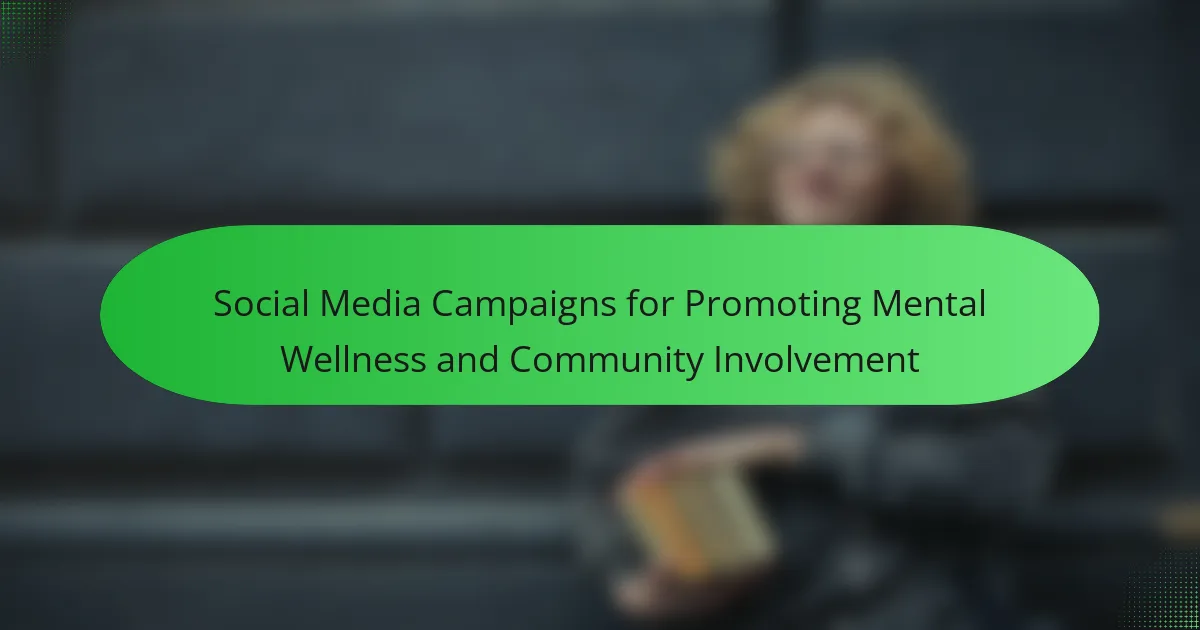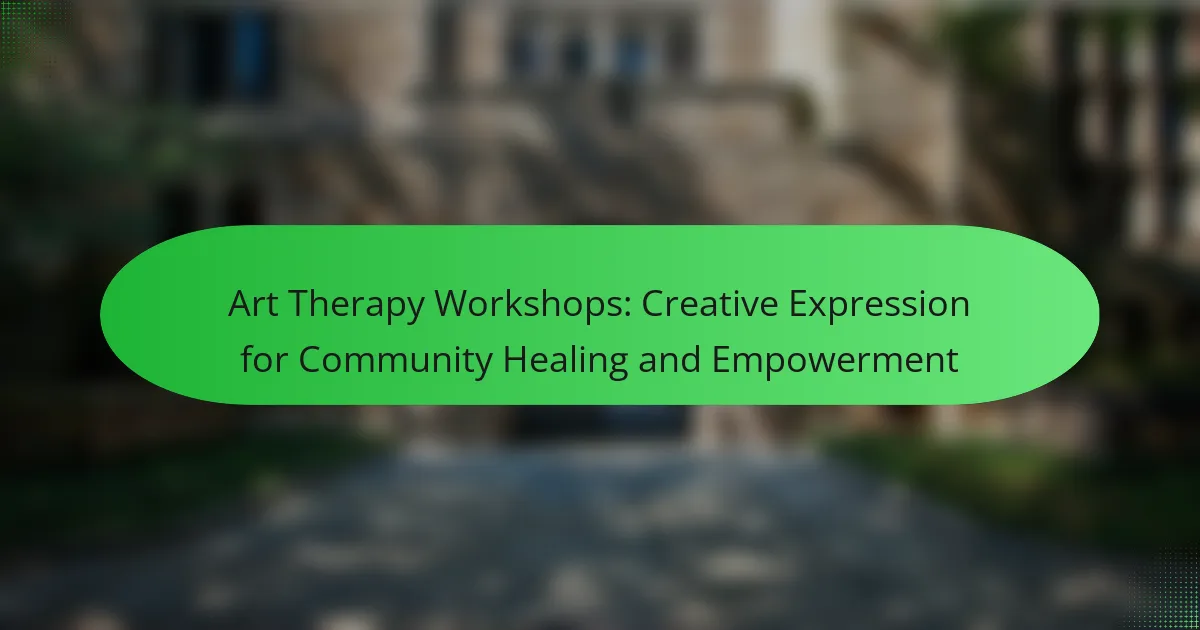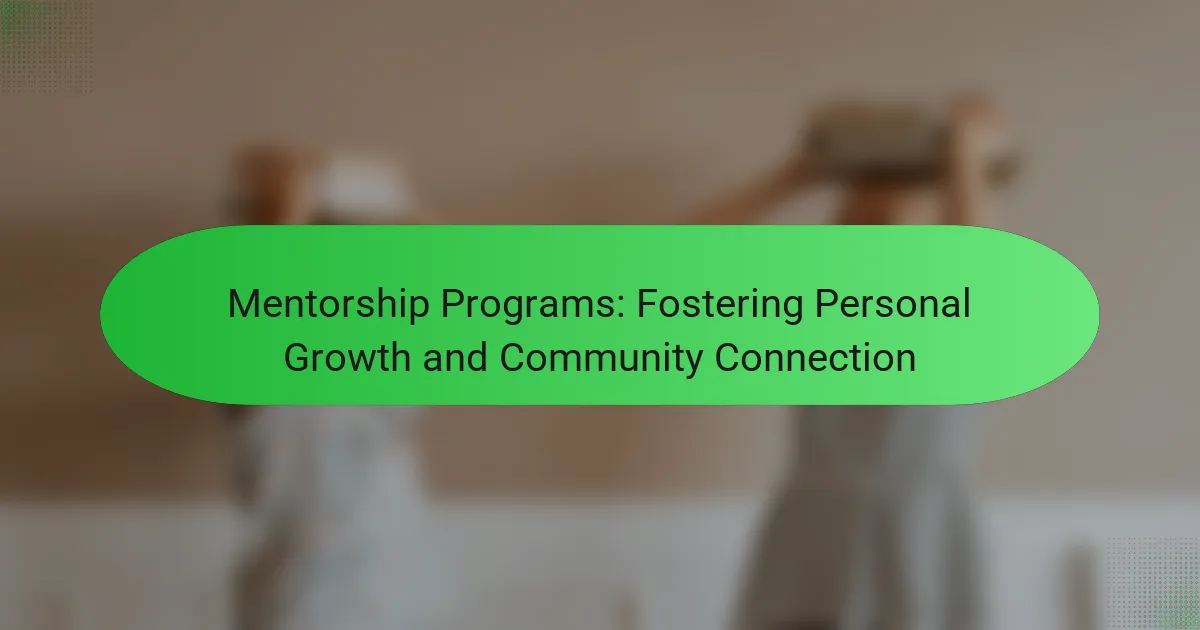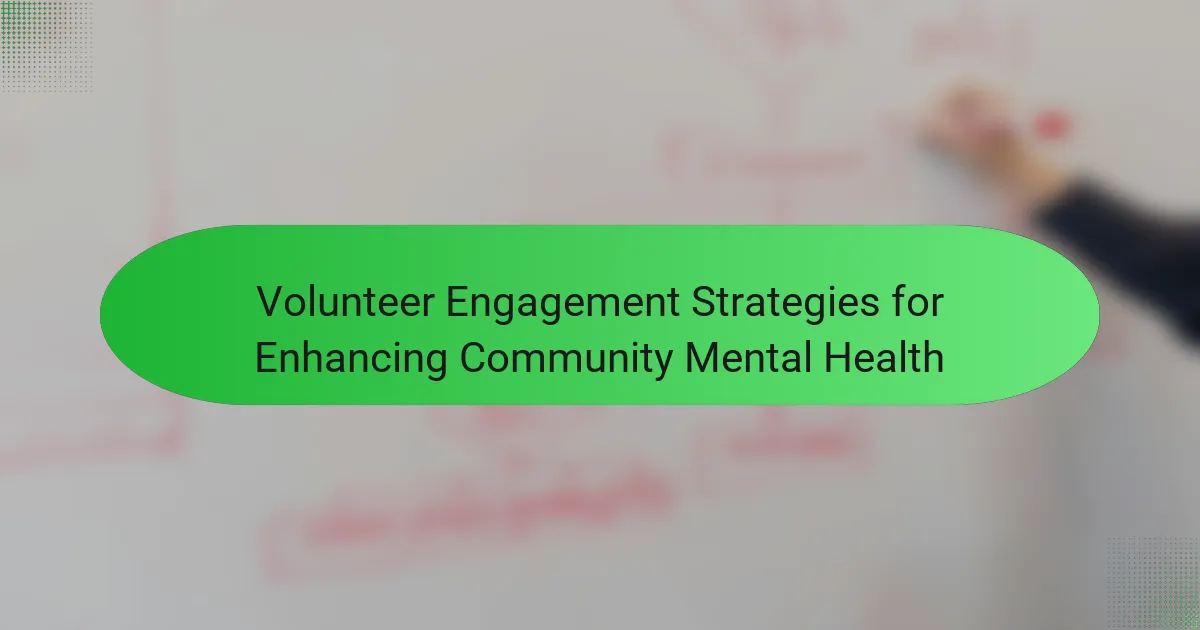Collaborative projects enhance psychological empowerment in communities by fostering belonging and shared purpose. They encourage participation, improve mental well-being, and cultivate leadership skills. Local organizations facilitate these initiatives, leveraging cultural intelligence to address diversity and communication challenges. Effective collaboration requires clear communication, defined roles, and the use of technology to promote inclusivity and engagement.
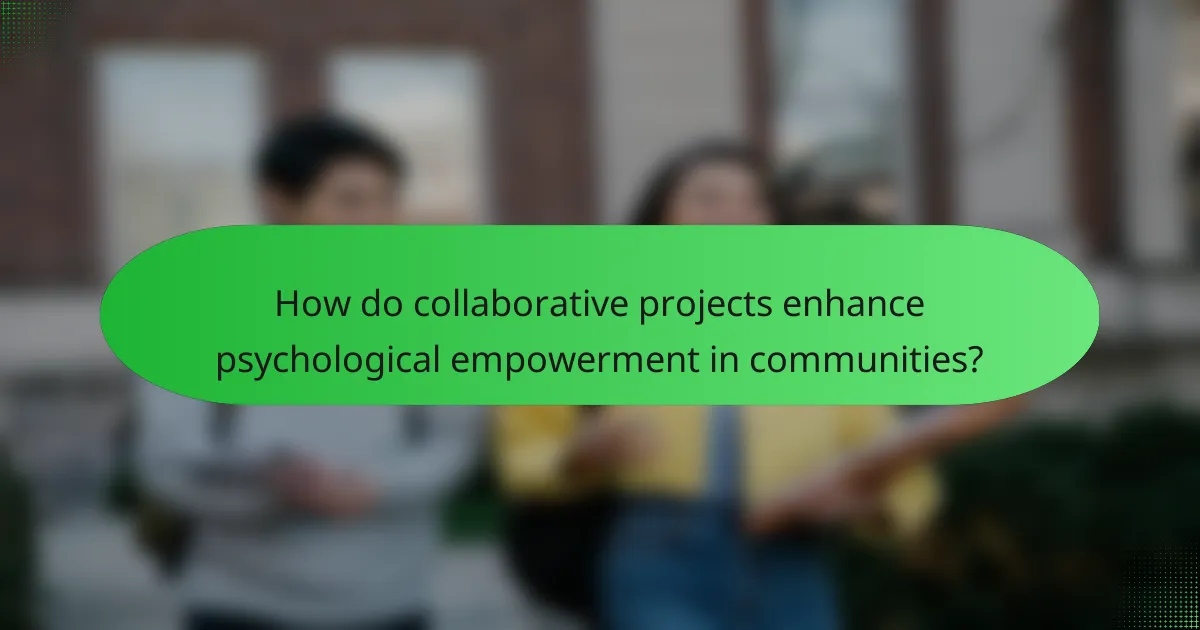
How do collaborative projects enhance psychological empowerment in communities?
Collaborative projects significantly enhance psychological empowerment in communities by fostering a sense of belonging and shared purpose. These initiatives encourage participation, allowing individuals to contribute their skills and perspectives. As a result, community members feel valued and empowered, leading to increased self-esteem and agency. Research indicates that such projects can improve mental well-being and social cohesion, ultimately creating resilient communities. Engaging in collaborative efforts also cultivates leadership skills, enabling individuals to take initiative and influence positive change.
What are the key psychological benefits of community collaboration?
Community collaboration fosters psychological benefits such as increased social support, enhanced self-esteem, and improved mental well-being. Engaging in collaborative projects promotes a sense of belonging and purpose. Participants often experience reduced feelings of isolation, as teamwork strengthens connections among individuals. Additionally, shared goals in community initiatives can lead to greater motivation and resilience. Such environments encourage personal growth and collective empowerment, ultimately enhancing the overall mental health of community members.
Which collaborative project models are most effective for empowerment?
Collaborative project models that prioritize community engagement and shared leadership are most effective for empowerment. These models foster inclusivity and enhance individual agency.
Participatory Action Research (PAR) encourages community members to actively engage in the research process, leading to collective decision-making. This model promotes ownership and accountability.
Asset-Based Community Development (ABCD) focuses on leveraging existing community strengths, fostering collaboration, and empowering individuals to utilize their skills for collective growth.
Collective Impact initiatives align diverse stakeholders around a common goal, ensuring coordinated efforts and shared resources, which leads to sustainable empowerment.
Social Innovation Labs create safe spaces for experimentation and collaboration, allowing communities to co-create solutions to their challenges, thus enhancing psychological empowerment and resilience.
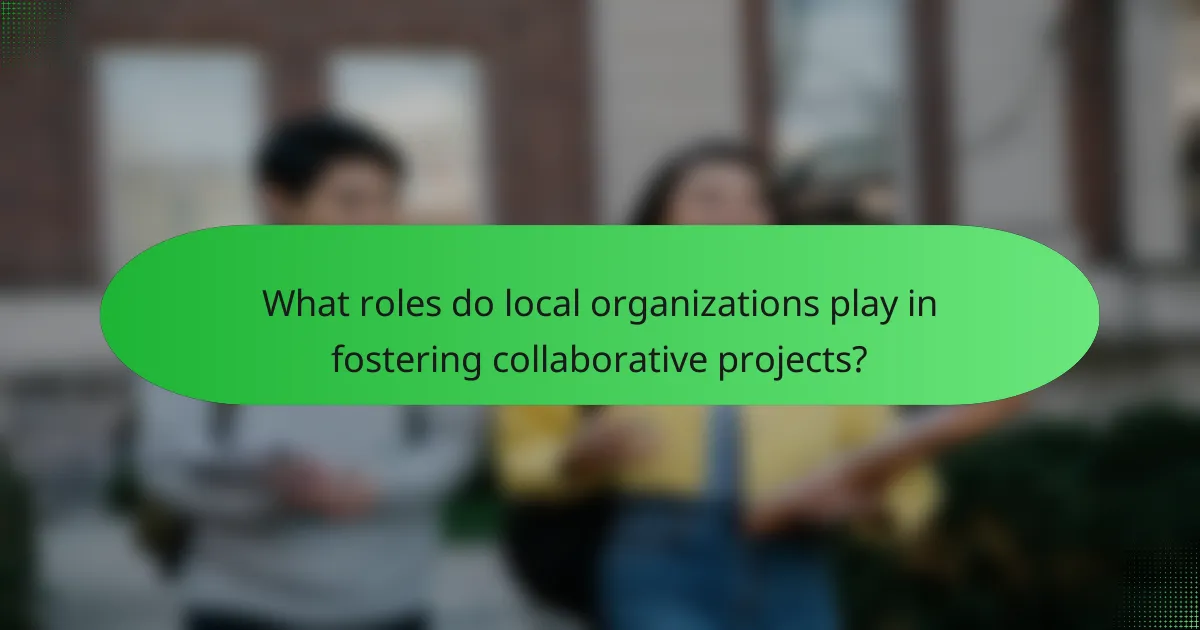
What roles do local organizations play in fostering collaborative projects?
Local organizations play a crucial role in fostering collaborative projects by facilitating connections, resources, and support. They unite diverse community members, enhancing psychological empowerment and growth through shared initiatives. These organizations often provide funding, training, and a platform for dialogue, ensuring that projects align with community needs. By leveraging local knowledge and networks, they create sustainable partnerships that drive collective impact and foster resilience.
How do nonprofits contribute to community psychological growth?
Nonprofits significantly enhance community psychological growth through collaborative projects. These initiatives foster social connections, build trust, and empower individuals, leading to improved mental well-being.
Collaborative projects often involve diverse community members working towards common goals. This teamwork cultivates a sense of belonging and shared purpose. For instance, community gardens not only provide food but also create social bonds, enhancing emotional support networks.
Research shows that participation in collaborative activities can reduce feelings of isolation and anxiety. Engaging in these projects allows individuals to express themselves and develop new skills, contributing to personal growth and resilience.
Nonprofits also provide resources and training, equipping community members with tools to address psychological challenges. By promoting mental health awareness, they create environments where individuals feel safe to seek help and support one another.
What partnerships are essential for successful collaborative initiatives?
Successful collaborative initiatives require partnerships with local organizations, mental health professionals, educational institutions, and community leaders. These partnerships enhance resource sharing and foster trust, essential for psychological empowerment and growth. Engaging diverse stakeholders amplifies impact and ensures sustainability in community projects.
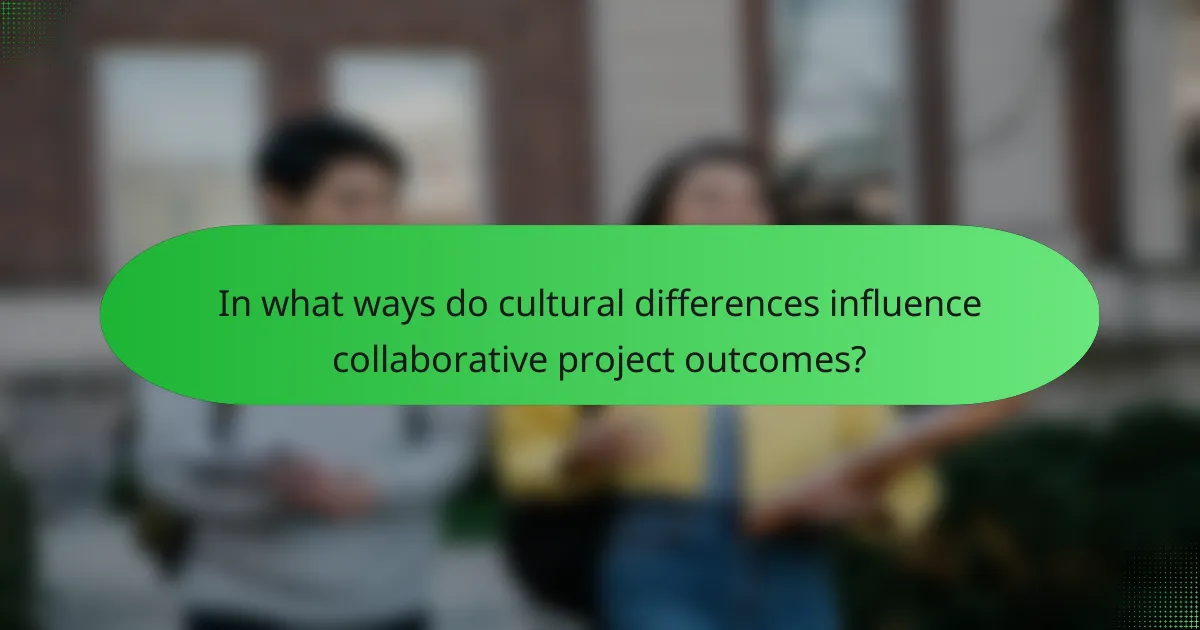
In what ways do cultural differences influence collaborative project outcomes?
Cultural differences significantly influence collaborative project outcomes by shaping communication styles, decision-making processes, and conflict resolution strategies. Diverse perspectives enhance creativity and problem-solving, yet they may also lead to misunderstandings.
Effective collaboration requires awareness of these differences. For example, collectivist cultures prioritize group harmony, while individualist cultures emphasize personal achievement. This understanding fosters psychological empowerment and growth within teams.
Incorporating cultural intelligence into project management can improve team dynamics. Training in cultural sensitivity can mitigate potential conflicts and enhance collaboration. As a result, projects are more likely to succeed and yield innovative solutions.
How can projects be tailored to address specific cultural needs?
Collaborative projects can be tailored to meet specific cultural needs by incorporating local traditions, values, and community input. Engaging community leaders fosters trust and ensures relevance. Utilizing culturally appropriate communication styles enhances participation. Adapting project goals to reflect cultural priorities promotes ownership and sustainability. Finally, continuous feedback loops allow for ongoing adjustments to better serve the community’s evolving needs.
What are examples of culturally relevant collaborative projects?
Collaborative projects that unite communities for psychological empowerment include community art initiatives, local mental health workshops, and intergenerational storytelling programs. These projects foster connection and understanding among diverse groups, enhancing collective resilience and well-being. For example, community art initiatives often involve local artists and residents creating murals, which not only beautify spaces but also promote dialogue about mental health. Local mental health workshops provide safe spaces for sharing experiences, while intergenerational storytelling programs connect younger and older generations, enriching community bonds. Each project exemplifies how collaboration can lead to psychological growth and empowerment.
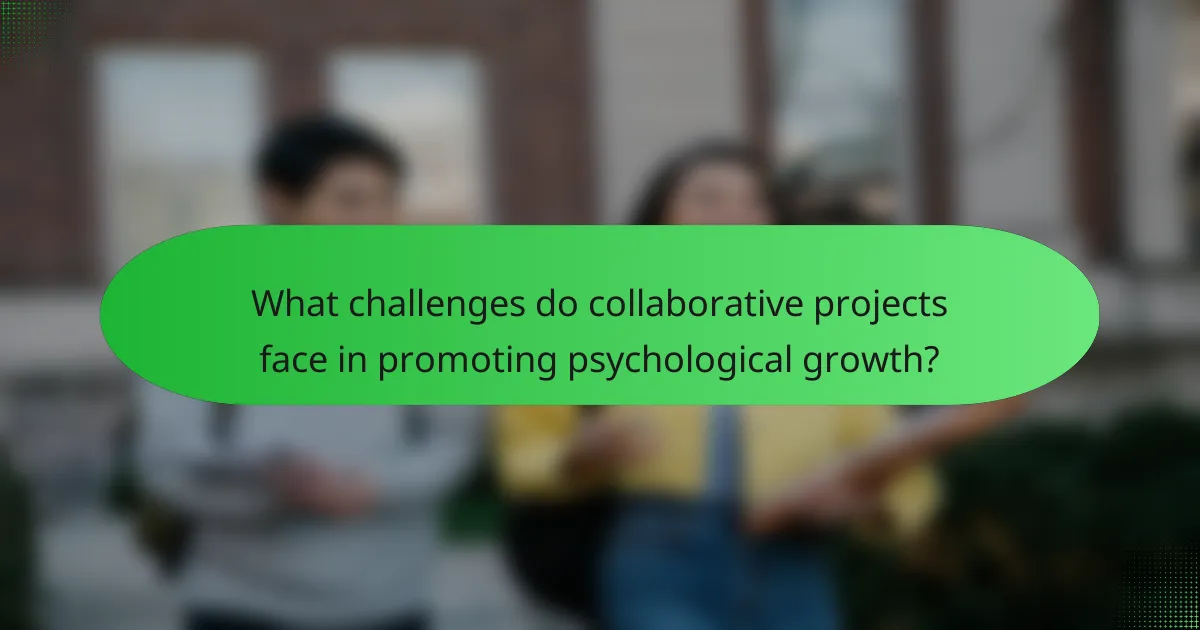
What challenges do collaborative projects face in promoting psychological growth?
Collaborative projects often face challenges that hinder psychological growth, including communication barriers, differing goals, and power dynamics. Effective collaboration requires clear communication to ensure all participants feel heard and valued. When goals are misaligned, motivation can wane, leading to frustration. Additionally, power imbalances can create an environment where some voices dominate, stifling creativity and collaboration. Addressing these challenges is crucial for fostering an inclusive atmosphere that promotes psychological empowerment and growth.
How can conflicts be resolved in community collaborations?
Conflicts in community collaborations can be resolved through open communication, mediation, and establishing shared goals. Engaging all stakeholders fosters understanding and builds trust. Implementing structured decision-making processes ensures transparency and fairness, allowing for collaborative solutions. Regular feedback loops help in addressing issues promptly, enhancing the project’s overall effectiveness.
What are common pitfalls to avoid in collaborative initiatives?
Common pitfalls in collaborative initiatives include poor communication, lack of clear goals, and insufficient stakeholder engagement. These factors can lead to misunderstandings and hinder progress. Additionally, failing to establish roles and responsibilities may create confusion among team members. Lastly, neglecting to evaluate and adapt strategies can prevent projects from achieving their full potential.
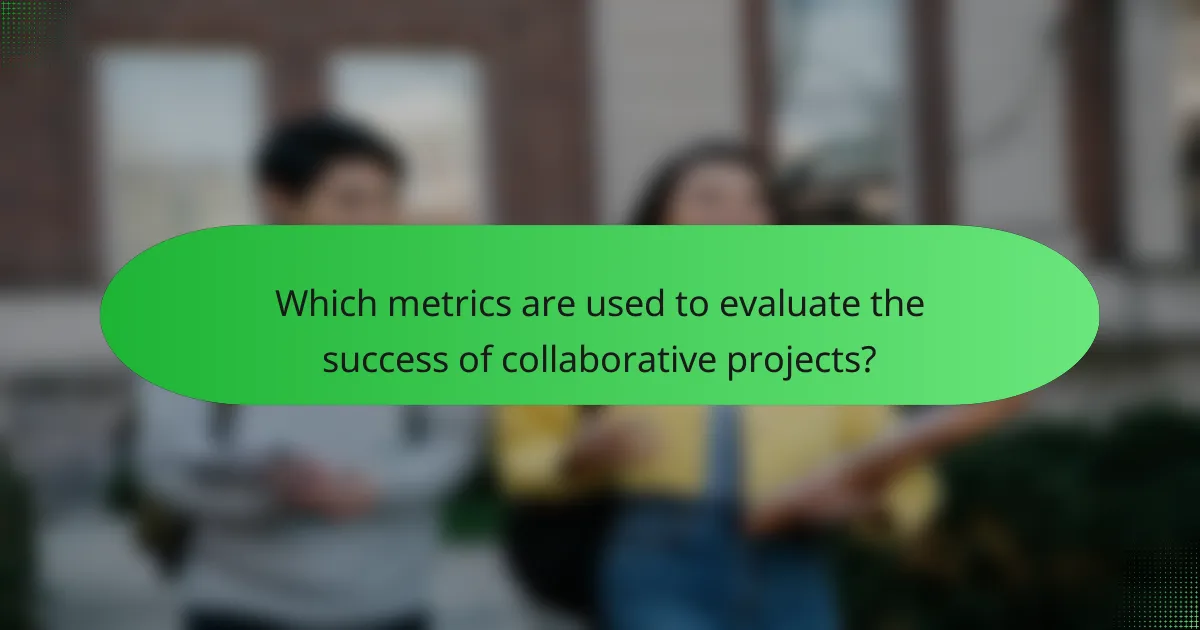
Which metrics are used to evaluate the success of collaborative projects?
Collaborative projects are evaluated using metrics such as participant engagement, project outcomes, and community impact. These metrics help assess the effectiveness of teamwork and the project’s contribution to psychological empowerment.
| Metric | Description | Value |
|————————|—————————————————–|——————————–|
| Participant Engagement | Measures involvement and contribution levels | Percentage of active members |
| Project Outcomes | Evaluates the success of goals and objectives | Number of achieved milestones |
| Community Impact | Assesses the project’s influence on the community | Improvement in community well-being |
| Feedback Quality | Gauges participant satisfaction and suggestions | Average rating out of 10 |
| Resource Utilization | Analyzes efficiency in using allocated resources | Ratio of resources used to goals met |
| Long-term Sustainability | Examines the project’s potential for ongoing impact | Duration of benefits observed |
How can participant feedback be effectively gathered and utilized?
Participant feedback can be effectively gathered through structured surveys and focus groups. These methods foster open communication, allowing participants to express their thoughts and experiences.
Surveys can include quantitative metrics like satisfaction ratings, while focus groups provide qualitative insights through discussions. Analyzing feedback reveals common themes and areas for improvement, enhancing project outcomes.
Utilizing feedback involves implementing changes based on participant suggestions. Regularly updating participants on how their feedback influenced decisions builds trust and encourages future engagement.
Incorporating diverse feedback sources strengthens community ties and promotes psychological empowerment, aligning with the collaborative project’s goals.
What indicators signal psychological empowerment in communities?
Indicators of psychological empowerment in communities include active participation, shared decision-making, and a sense of ownership among members. These elements foster trust and collaboration, leading to collective growth. For example, increased volunteerism and community-led initiatives often signify empowerment. Additionally, positive feedback loops and resilience in facing challenges reflect a community’s psychological strength.
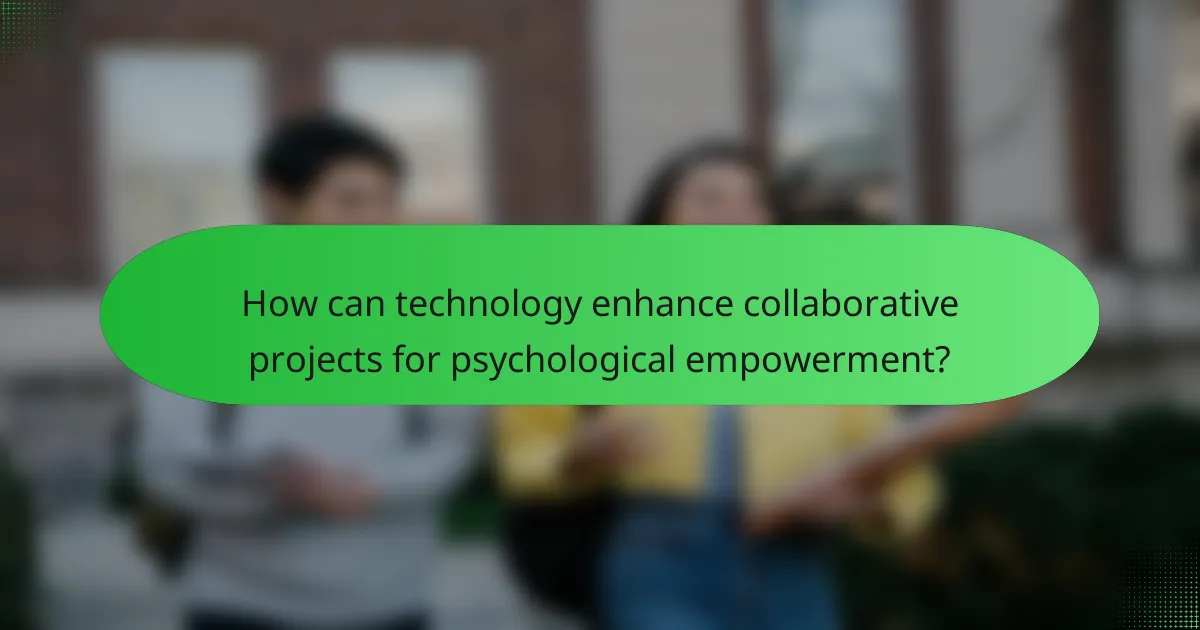
How can technology enhance collaborative projects for psychological empowerment?
Technology enhances collaborative projects by facilitating communication, fostering creativity, and providing access to resources. Digital tools enable real-time collaboration, allowing teams to share ideas and feedback instantly. Platforms like video conferencing and project management software streamline workflows, making it easier to coordinate tasks and track progress.
Moreover, technology promotes inclusivity by connecting diverse participants, empowering them to contribute unique perspectives. This collective input nurtures psychological empowerment, as individuals feel valued and engaged in the process.
Data supports these benefits; studies show that teams using collaborative technology report higher satisfaction and productivity. By leveraging technology, communities can unite effectively, driving psychological growth and resilience.
What digital tools are most effective for community collaboration?
Effective digital tools for community collaboration include platforms that enhance communication, project management, and engagement. Tools like Slack, Trello, and Zoom facilitate real-time discussions, task tracking, and virtual meetings. These platforms support psychological empowerment by fostering a sense of belonging and shared purpose. As a result, communities can collaborate more efficiently, leading to personal and collective growth.
How can social media be leveraged for project outreach and engagement?
Social media can effectively enhance project outreach and engagement by fostering community interaction and sharing resources. It allows for real-time communication, enabling collaborative projects to unite individuals focused on psychological empowerment and growth. Platforms like Facebook and Instagram facilitate the dissemination of project updates, success stories, and motivational content, which can inspire participation. Engaging visuals and interactive posts can attract attention, while targeted ads can reach specific demographics interested in mental health initiatives. Additionally, social media analytics provide insights into audience preferences, helping tailor content for maximum impact.
What role do online platforms play in sustaining collaborative efforts?
Online platforms are essential for sustaining collaborative efforts by providing tools for communication and resource sharing. They facilitate connections among diverse community members, fostering psychological empowerment and growth. These platforms enable real-time collaboration, allowing individuals to contribute their unique skills and perspectives. As a result, they enhance project outcomes and build stronger community ties. Online platforms also offer metrics for tracking progress, ensuring accountability and motivation among participants.

What best practices should be followed for successful collaborative projects?
Successful collaborative projects require clear communication, defined roles, mutual respect, and shared goals. Establishing a framework encourages psychological empowerment and growth within the team.
1. Set clear objectives to align team efforts.
2. Foster an inclusive environment for diverse perspectives.
3. Assign specific roles to utilize individual strengths.
4. Maintain open communication channels for feedback.
5. Regularly assess progress and adjust strategies as needed.
How can stakeholders ensure inclusivity and diversity in participation?
Stakeholders can ensure inclusivity and diversity by actively engaging underrepresented groups in collaborative projects. This approach fosters psychological empowerment and growth within communities.
First, stakeholders should identify and reach out to diverse community members. Building relationships through trust and transparency encourages participation. Next, stakeholders must create accessible platforms for feedback and input. This ensures that all voices are heard and valued.
Additionally, providing resources and support tailored to different needs enhances engagement. Training sessions can help participants feel confident and capable. Lastly, regularly evaluating and adapting strategies based on community feedback will strengthen inclusivity over time.
What strategies enhance communication and collaboration among participants?
Effective strategies for enhancing communication and collaboration include establishing clear goals, fostering an inclusive environment, and utilizing appropriate technologies. Clear goals align participants, while inclusivity encourages diverse input. Technologies like collaborative platforms streamline communication and document sharing. Regular check-ins maintain engagement and address challenges promptly.
How can long-term sustainability be achieved in community projects?
Long-term sustainability in community projects can be achieved through collaboration, resource sharing, and active community engagement. Establishing strong partnerships fosters trust and collective responsibility, ensuring project longevity. Regular evaluation and adaptation to community needs enhance relevance and effectiveness. Empowering local leaders promotes ownership and drives continued participation.
What are the common mistakes to avoid in collaborative projects?
Common mistakes to avoid in collaborative projects include poor communication, unclear roles, lack of trust, and inadequate planning. These issues can hinder team dynamics and project success.
1. Poor Communication: Failing to share information leads to misunderstandings and delays.
2. Unclear Roles: Ambiguity in responsibilities can cause overlap and conflict among team members.
3. Lack of Trust: Without trust, collaboration suffers, resulting in reduced engagement and productivity.
4. Inadequate Planning: Insufficient preparation can lead to missed deadlines and unmet goals.
5. Ignoring Feedback: Not valuing input from team members can stifle innovation and improvement.
6. Resistance to Change: Being inflexible can prevent teams from adapting to new ideas or challenges.
